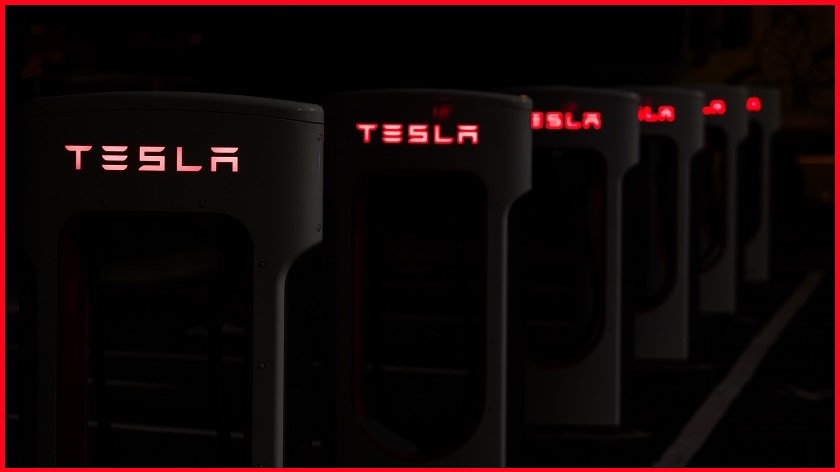A sharp loss on the stock market combined with a string of hardware faults has cast significant doubt over Tesla’s future.
Tesla's stock price dropped below $US200 during trading on Tuesday – a low they haven’t seen since December 2016.
The share market slump comes after a note to investors from US financial firm Wedbush saying it was lowering its expectations of Tesla’s price.
Wedbush analyst Daniel Ives said there were "major concerns" about Telsa’s profitability and that reaching the company’s forecast of delivering 360,000 to 400,000 vehicles by the end of the year will be “a Herculean task”.
In response to the stock market drop, Tesla reduced the price of its Model S and X vehicles by $US3000 and $US2000 respectively.
Ives also said Elon Musk’s diverted attention with “other sci-fi projects” like his robotaxi network was hampering Tesla’s growth.
As well as being the CEO of Tesla, Musk is the CEO of SpaceX, The Boring Company, and Neuralink – a company inspired by science fiction writer Ian M Banks that is reportedly developing a type of brain-computer interface.
Money problems
A lowered share price is only part of the story with Tesla recently cutting its company expenses.
Measures requiring Musk and his CFO to personally sign off on all spending signalled Tesla's financial difficulties.
In a leaked company email, Elon Musk said if they didn’t tighten the belt, Tesla would burn quickly through the more than $US2.7 billion it raised in stock offerings at the start of May.
“Going forward, all expenses of any kind anywhere in the word, including parts, salary, travel expenses, rent, literally every payment that leaves our bank account must be reviewed,” Musk said.
An uncertain future
Dr Udo Gottlieb from the Queensland University of Technology business school offered a simple, but difficult, equation for Tesla’s success.
“Will they last? That depends on if they can bring their cost per unit down and unit sales up,” he said.
“The recent past has been a bit unstable regarding Tesla’s brand and Elon.”
Musk’s very public volatility makes it difficult for him to successfully steer Tesla’s growth – especially in a market that is becoming more crowded with traditional car makers.
“Established car manufacturers do not have to fight very hard on the trust front,” Gottlieb said.
“They ‘just’ have to get the hardware right.”
Safety concerns
Recent incidents of spontaneous combustion and problems with its Autopilot systems have added to Tesla’s woes.
The company recently issued a patch to tens of thousands of vehicles after a car caught fire in a garage in Hong Kong.
A software update to the Model X and S cars will revise the charge and heat management settings in order to protect the battery and improve longevity.
In a statement to Information Age, a Tesla spokesperson said there was little cause for concern about the overall safety of their cars.
“While our investigation with authorities is ongoing, we have found that only a few battery modules were affected and the majority of the battery pack is undamaged,” said the spokesperson.
“The safety of our customers is our top priority, and if we do identify an issue, we will do whatever is necessary to address it.”
Tesla’s flagship Autopilot mode – a system aimed at ushering an era of self-driving cars – has also had catastrophic failures.
In March, a Tesla 3 was involved in crash that killed its 50-year-old driver.
Last week, the US National Transportation Safety Board released its preliminary report on the incident, finding that Tesla’s Autopilot system was active at the time of the crash.
To date there have been five reported cases of self-driving cars being involved in fatal crashes.










